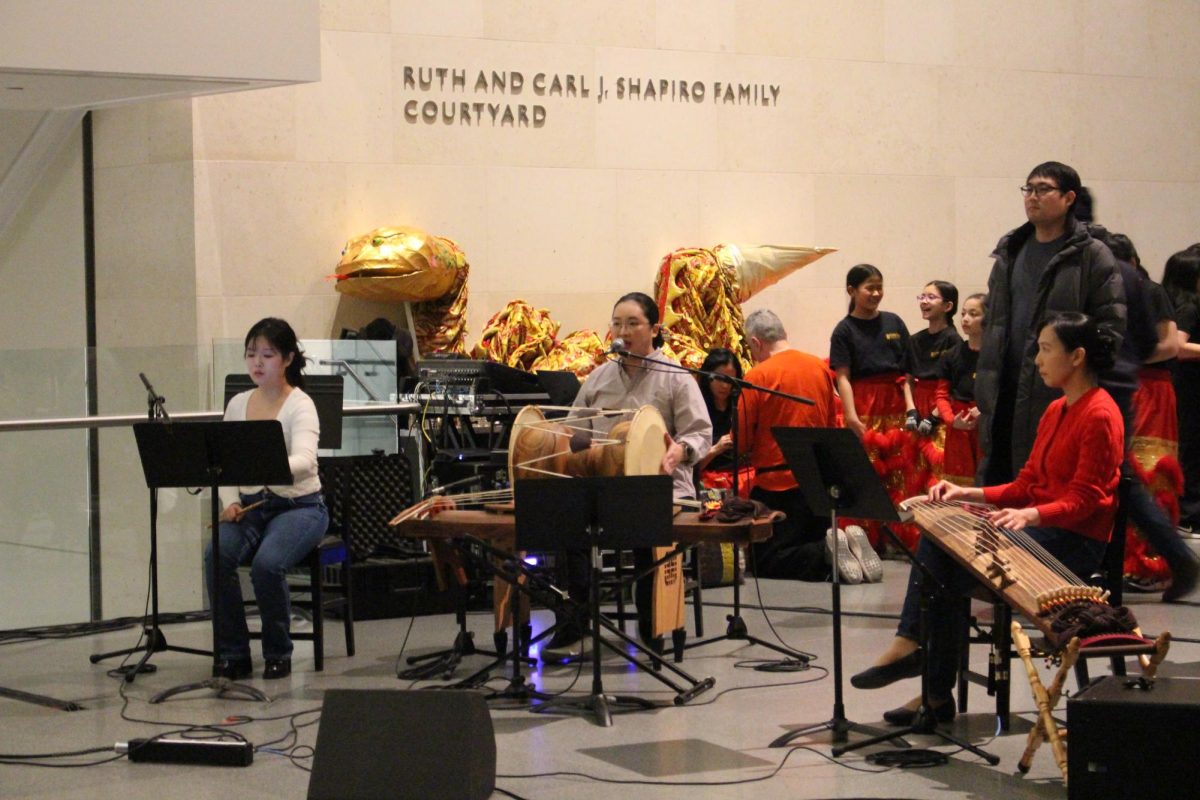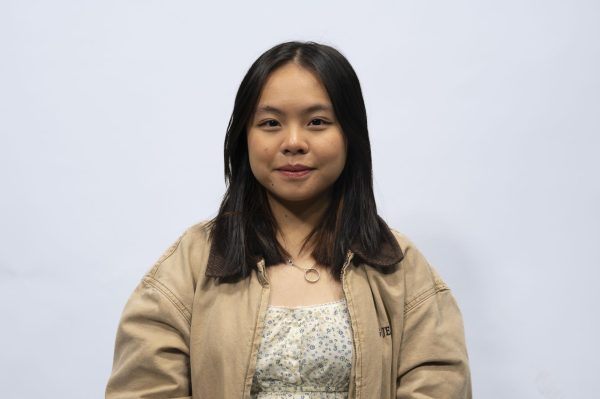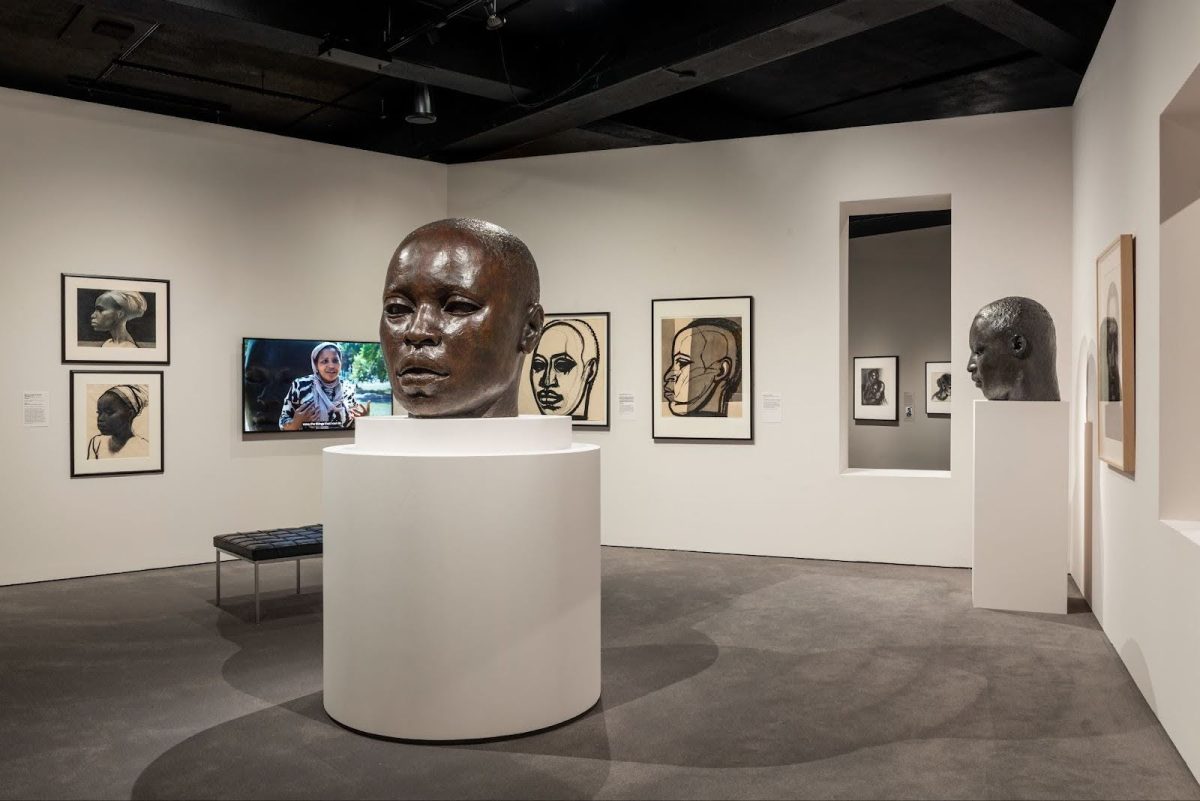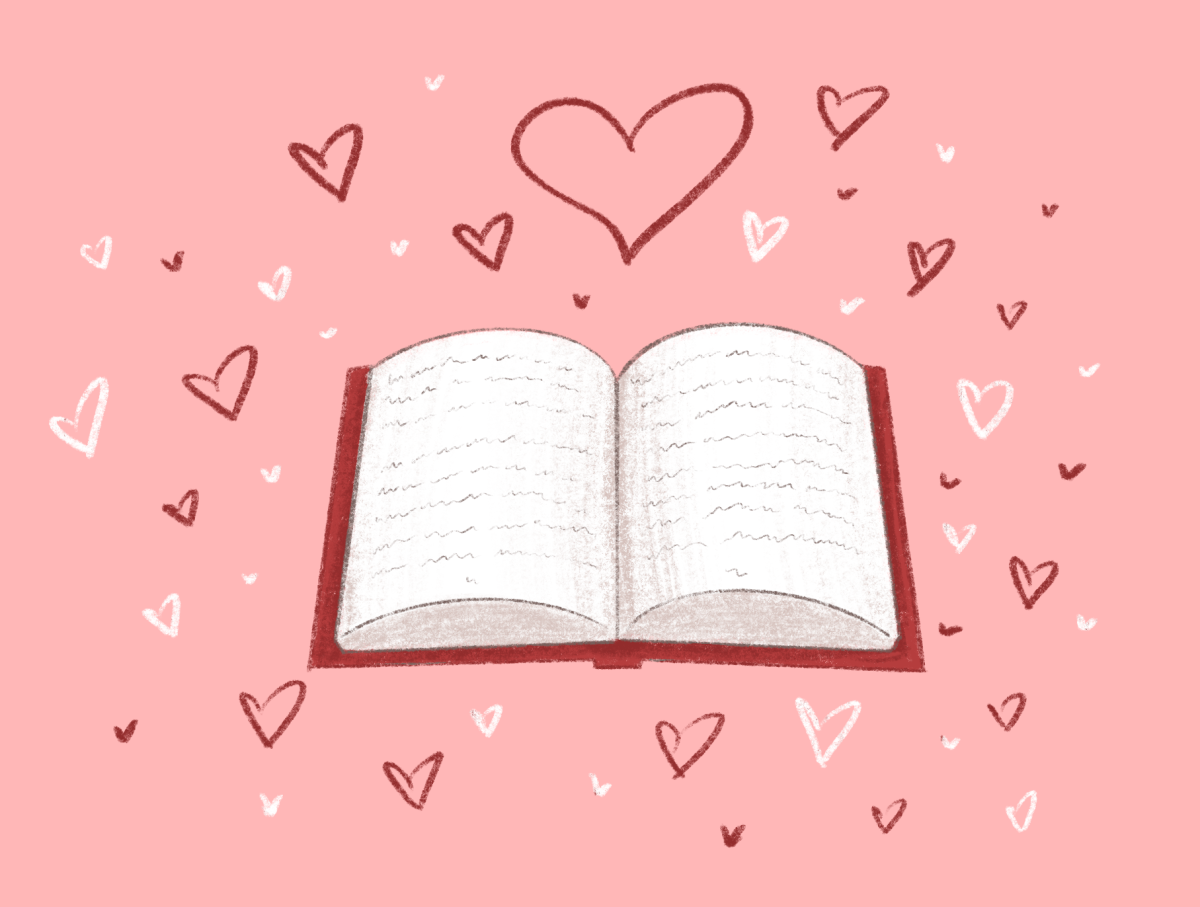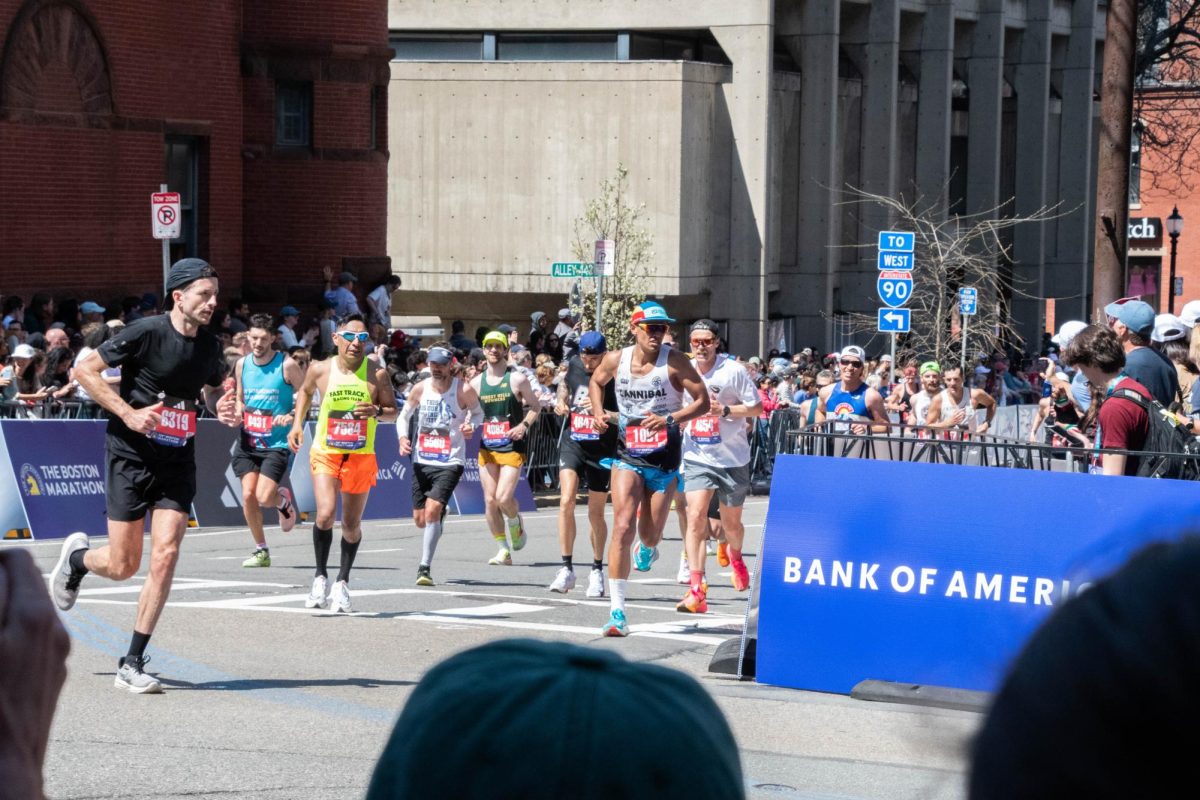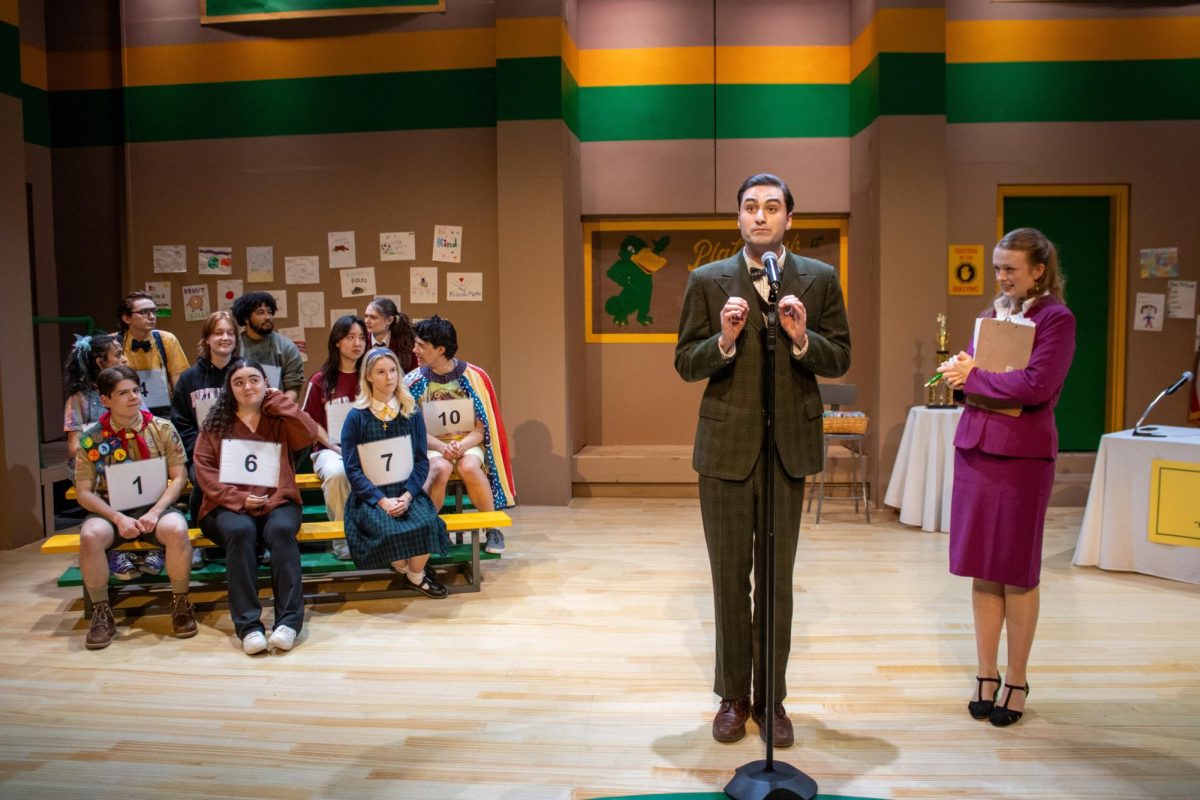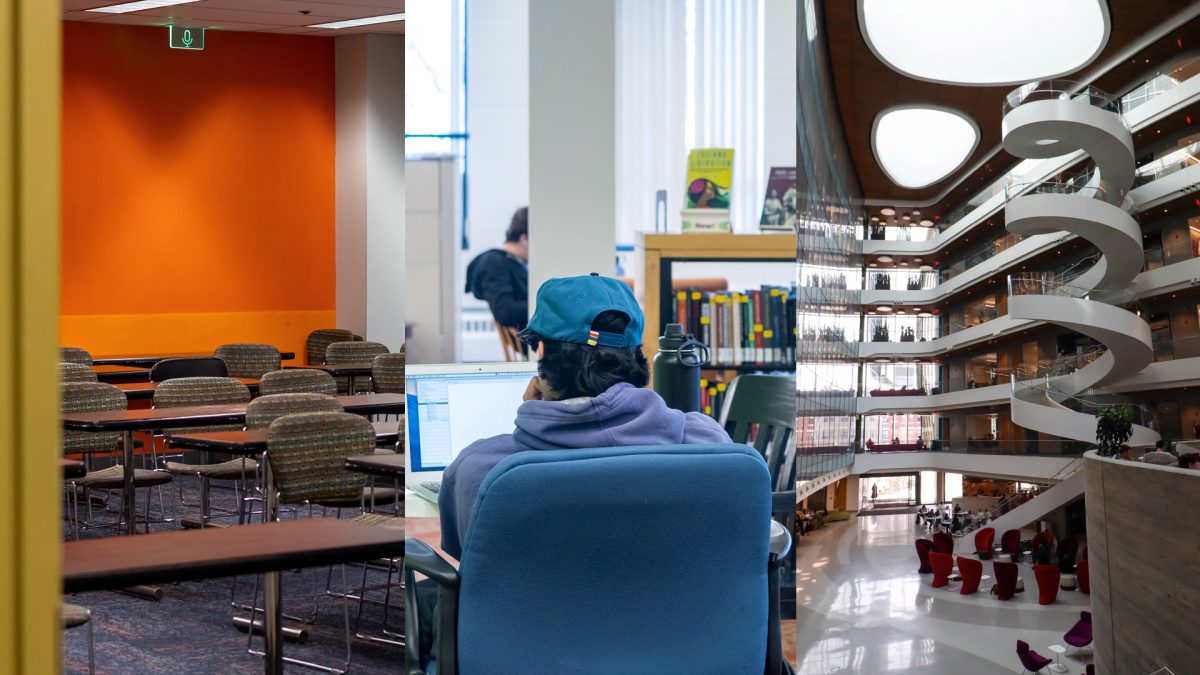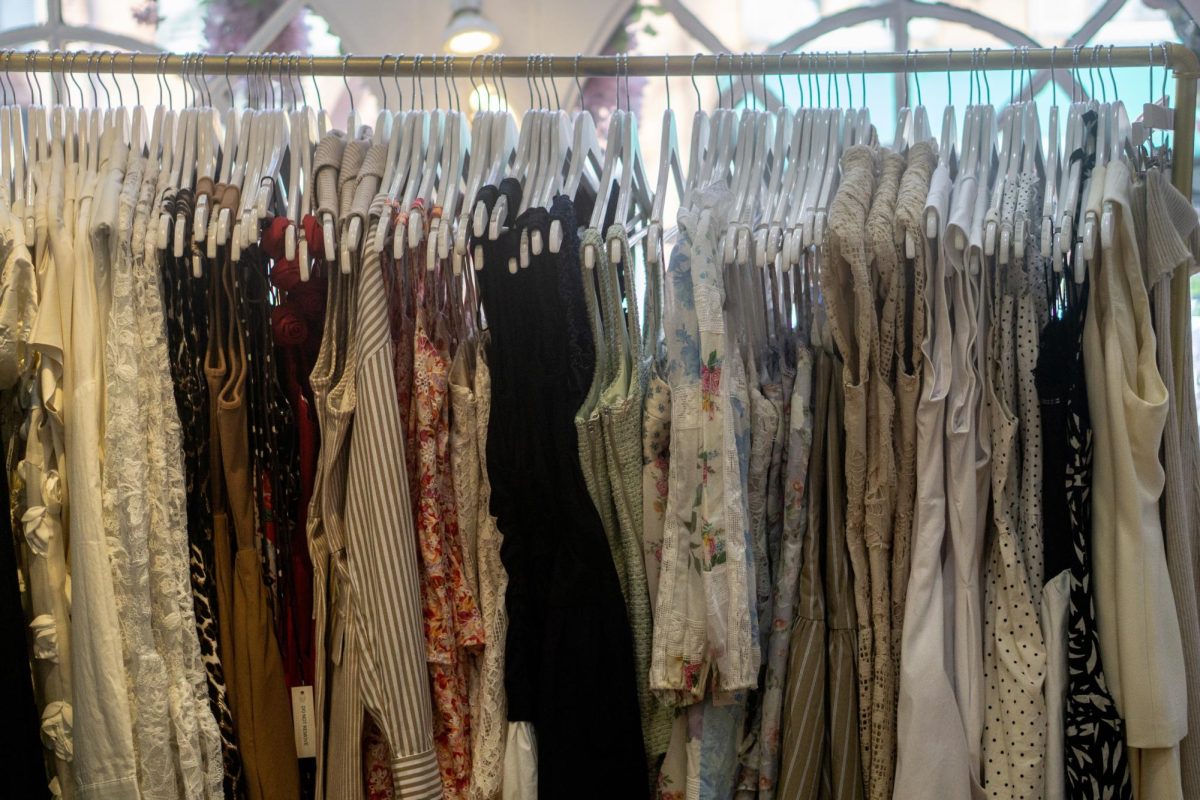Growth, renewal and adaptability are all qualities that define the Year of the Snake. For a year that signifies a new start, a museum — a sacred place of art — takes on a new role.
The Boston Museum of Fine Arts, or MFA, hosted its annual Lunar New Year celebration Jan. 30, the second day of the lunar year. Through various art forms, from visual to performing, each exhibition allowed attendees to experience the unique customs of Chinese, Korean and Vietnamese cultures.
“We love coming here,” said Angela Yen, a visitor who came with her husband and children. “This is our first time back here after COVID for Lunar New Year. I’ve been looking forward to it.”
Walking among the classic white colossal poles of a museum, the laughter of visitors blended in with the sounds of drums bouncing between the paintings. Crowds of families circled around lion dancers at the Shapiro Family Courtyard, watching them dance to traditional Vietnamese instruments, drums and cymbals.
“Of course there are some elements that you cannot replicate here, just for safety issues. [The lion dance] is really close to what I witnessed when I was 5 years old, 6 years old in Vietnam,” said My Nguyen, a Boston resident. The traditional lion dance in Vietnamese culture is usually accompanied by firecrackers, which has been eliminated for safety.
The courtyard was the main area for the more boisterous performances, utilizing the high ceiling to deliver the sound of traditional Korean instruments from Gipeun, an instrumental quartet. Along the entrance, a display of silk paintings by Xiang Li celebrated the beauty of various Chinese empresses during the Song, Yuan, Ming and Qing dynasties with a special sneak peek at the artist’s in-progress works.
While the main courtyard hosted lively performances, Taste, a coffee shop in the museum, served fried dumplings with chicken, pork and vegetable fillings. Every plate was filled up with a generous portion and a cup of soy sauce for only $9.
Beyond the food, tea lovers could walk through an exhibition of tea brewing styles in the first-floor gallery. The sessions were hosted by the Broken Cup Tea House, where the founder, Yin Guan, introduced the history of Chinese tea culture and demonstrated 工夫茶, pronounced “gōng fū chá.” After each presentation, a long queue of people wrapped around rows of chairs to taste the tea Guan made as she answered questions.
Guan said she was grateful for the opportunity to host tea demonstrations at the celebration.
“I’m so excited to see interest in tea growing locally and the tea community growing,” Guan said. “I think Lunar New Year is about getting together with the people that we love and sharing good food and good drinks and sharing good moments together. To me, tea captures all of that.”
In contrast to the lively first floor festivities, the second floor exhibition was a place for reflection. Deep history lessons allowed visitors to understand traditional customs, including the Korean Sebae, bowing to family elders and historical tours, during the family-centered celebration that each tradition upholds.
The MFA took advantage of its expertise — Dessie Vendova, a Robert H. N. Ho Family Foundation Buddhism Public Scholar of the Art of Asia department, led a tour in English and Chinese. Vendova walked attendees through artworks that depicted Buddhist narratives. The tour was one of two spotlight talks throughout the night.
The other talk featured the moon jar, a Korean food storage vessel that dates back to the Joseon dynasty. Hee Jung Lee, the director of libraries at the MFA, enlightened visitors with the functions, cultural values and intergenerational influence of the moon jar on modern art, offered in both Korean and English.
The Sebae and Hanbok demo, hosted by the Korean Cultural Society of Boston, educated the crowd on the cultural values of verbal blessings and money envelopes of luck. Attendees could also pick and try on a hanbok, an item of traditional Korean clothing, after the demonstration and take pictures with a backdrop that mimicked a traditional house.
“It is a great way of celebrating Lunar New Year, exploring other cultures that are not only Vietnamese,” said Dung Tran, a Ph.D. student at Harvard Medical School. The event was Tran’s first time celebrating Lunar New Year in public instead of staying home with friends and family.
Whether it was their first time immersing themselves in the colorful festivities or a visit to honor the traditions back home, visitors found the MFA’s celebration deeply meaningful. The MFA ensured the traditions were well-celebrated and accessible to everyone, offering a $5 minimum, pay-what-you-wish price for tickets.
For the culture to grow and adapt to what the future holds, many families hoped to continue nurturing the values that Lunar New Year upholds as a holiday centered around family and gratitude.
“I was really excited that the MFA is celebrating [Lunar New Year],” Yen said. “It felt so much like bringing the celebration of a community that is familiar with it to the broader community, sharing the tradition and educating others too. For me with my kids, it is a part of reaching a level of understanding the traditions and keep passing down generations to generations.”



